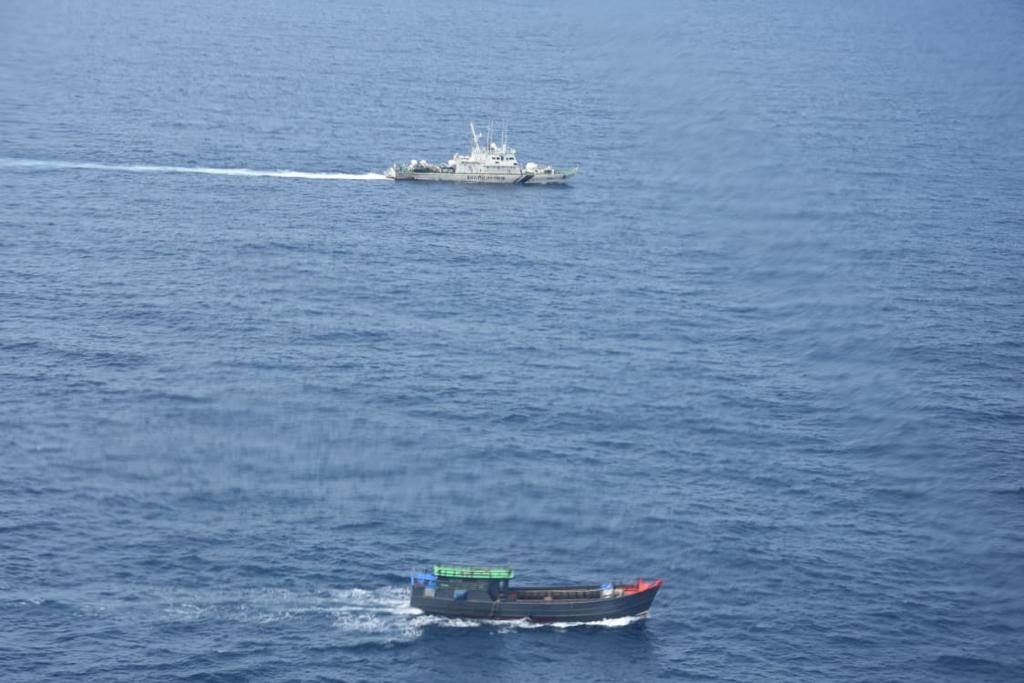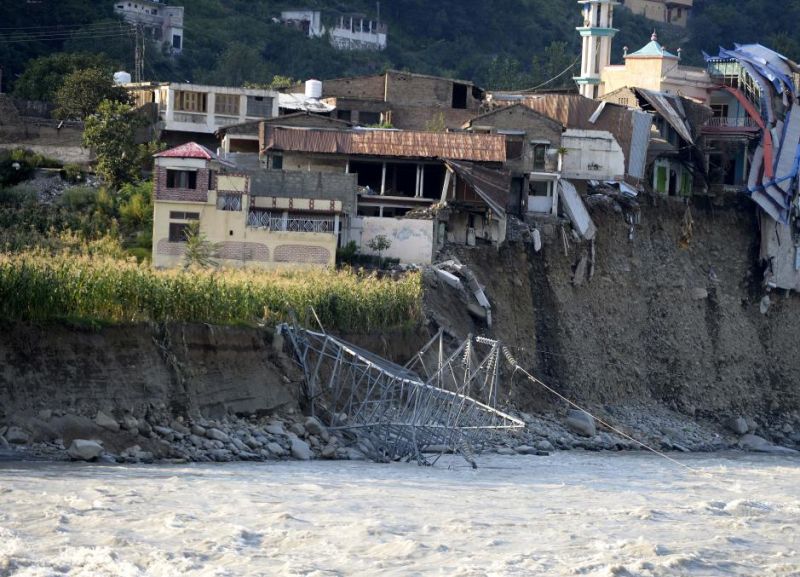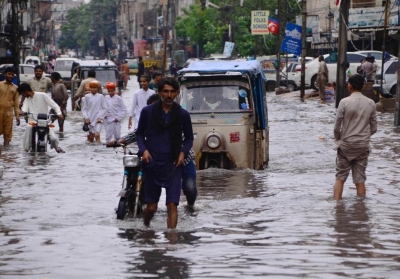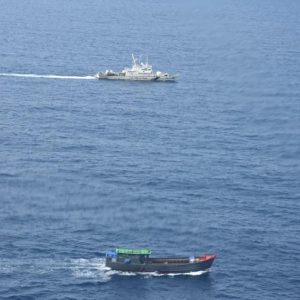NASA’s analysis also shows the Arctic is warming about three times faster than other regions…reports Asian Lite News
Arctic sea ice appeared to have hit its annual maximum extent on February 25 after growing through the fall and winter – the 10th-lowest in the satellite record maintained by the National Snow and Ice Data Center, one of NASA’s Distributed Active Archive Centres.
The Arctic sea ice extent peaked at 14.88 million square kilometres on February 25 – earlier than usual – and was roughly 770,000 square kilometres below the 1981-2010 average maximum. This maximum ties with 2015 as the third earliest on record.
NASA’s analysis also shows the Arctic is warming about three times faster than other regions.
Sea ice waxes and wanes with the seasons every year. In the Arctic, it reaches its maximum extent around March after growing through the colder months, and shrinks to its minimum extent in September after melting through the warmer months. In the Southern Hemisphere, Antarctic sea ice follows an opposite cycle, NASA said.
To estimate sea ice extent, satellite sensors gather sea ice data that are processed into daily images, each image grid cell spanning an area of roughly 25 kilometres by 25 kilometres. Scientists then use these images to estimate the extent of the ocean where sea ice covers at least 15 per cent of the water.
Since satellites began reliably tracking sea ice in 1979, maximum extents in the Arctic have declined at a pace of about 13 per cent per decade, with minimum extents declining at about 2.7 per cent per decade. These trends are linked to warming caused by human activities such as emitting carbon dioxide, which traps heat in the atmosphere and causes temperatures to rise.
NASA’s analysis follows reports earlier this week that both the Earth’s poles – Arctic and Antarctic – are undergoing ‘freakish’ heat waves – with parts of the Arctic more than 30 degrees Celsius warmer than average.
The space agency confirmed that Antarctic sea ice also dropped to a record-low minimum extent in February. But unlike in the Arctic, this sea ice has shown irregular ups and downs mainly because of the geographical features that surround it. Winds and ocean currents specifically linked to the Southern Ocean and Antarctica have a strong influence on sea ice extent.
Sea ice in the Arctic is surrounded by land, whereas sea ice in the Antarctic is surrounded only by ocean and can thus spread out more freely. Overall, the Antarctic sea ice record shows a slightly upward – but nearly flat – trend or increase.
Gains in Antarctic sea ice are not large enough to offset the losses of the Arctic. The ice in both regions helps regulate global temperatures. Even if Antarctica gains balanced sea ice levels globally, Arctic sea ice losses could still contribute to further regional and global warming, the analysis showed.
Dire warning for Great Barrier Reef
Targeting net zero by 2050 wouldn’t be enough to slow the rising ocean temperatures to protect the Great Barrier Reef (GBR), a new report from Australia’s Climate Council said on Monday.
The report, released by the climate change communications organisation, said if emissions continue at the current pace, coral bleaching could occur every two years by 2034 and annually by 2044.
“Already at around 1.1 degrees of global warming, we see tropical coral reefs suffering an enormous amount of damage,” research director at the Climate Council and one of the authors of the report, said Simon Bradshaw.
“The Great Barrier Reef has had massive bleaching events a number of times now in close succession, with very little time for the reef to recover. If warming rises to over 1.5 degrees, then it may be impossible for tropical coral reefs to survive,” he said.
“It’s definitely too late to get to the actions we take now this year through the 2020s.”
The report found 2021 was the warmest year on record for the world’s oceans and the 2,300-km World Heritage site could not survive under those conditions.
“If the Great Barrier Reef is in this much trouble, it means that coral reefs worldwide are in a lot of trouble,” Bradshaw said.
To avoid a climate catastrophe and best protect the Great Barrier Reef, the Climate Council recommends Australia triple its efforts and take bold measures to reduce its national emissions 75 per cent by 2030, and reach net zero by 2035.
As a first step, the Australian government should match key allies and commit to halving emissions this decade, the report said.
ALSO READ-Minister of Climate Change and Environment visits Vietnam Pavilion at Expo 2020














